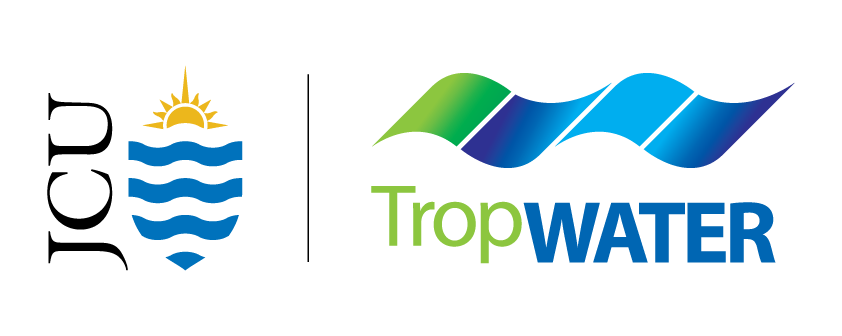
Great Barrier Reef
Location
River plumes transport sediment, nutrients, pesticides and other contaminants from the land into the inshore Great Barrier Reef, exposing inshore reefs, seagrass meadows and other important species and ecosystems to terrestrial runoff.
We collect and analyse data from various sources to understand the concentrations and transport and fate of land-sourced pollutants in the Great Barrier Reef.
Our research shows how sediment, nutrients, and pesticides move from the land to the sea, providing a comprehensive understanding of water quality science from paddock to reef.
Key points
Impact of water quality and river plumes in the Great Barrier Reef
Effects of increased floods on water quality in the Great Barrier Reef
Over the past 50 years, water quality has been declining across many parts of the Great Barrier Reef, primarily in the inshore areas.
Research shows that the volume of large floods has almost doubled compared to historical data from 150-350 years ago, and occur more often. This increase exposes a more extensive area of the Great Barrier Reef to river flood plumes, which carry sediment, nutrients, pesticides and other contaminants from the land into coastal and inshore waters.
These flood plumes extend along the coast, influencing inshore reefs and seagrass meadows and other species and ecosystems. This can lead to a decline in water quality, increasing pressure on these vital habitats.
While large floods that extend further offshore occur less often, they also have the potential to carry terrestrial runoff to mid and outer reefs.
Our ongoing research aims to better understand the concentrations and movement of land-sourced pollutants into the Great Barrier Reef. This knowledge is critical for developing targeted conservation strategies to reduce the impact of these flood events on coastal and marine ecosystems.
How we are measuring and analysing flood plumes and terrestrial runoff
For over two decades, we've studied how runoff from land and river plumes move within the Great Barrier Reef.
Our research has significantly contributed to current understanding of how sediment, nutrients, and pesticides move from the land to the sea, giving us a catchment wide understanding of paddock to reef water quality science.
To understand the concentrations and transport of land-sourced pollutants in the Great Barrier Reef, we collect and analyse data from various sources, this includes:
Sample flood plumes during the wet season from key rivers, including the Russell-Mulgrave, Tully, Haughton, Burdekin, Proserpine, O’Connell and Pioneer Rivers. Water samples are taken along transects extending offshore from river mouths, focusing on the measurement of salinity, suspended sediment, chlorophyll-a, nutrients (carbon, nitrogen, phosphorus, and silica), coloured dissolved organic matter, pesticides, and temperature.
Compile and analyse catchment rainfall data, river discharge data, and annual end-of-catchment sediment and nutrient loads.
Analyse the quality of river plumes in the Great Barrier Reef through a combination of on-site measurements and remote sensing outputs.
Characterise and trace sediments across the flood plume extent as freshwater mixes with sea water.
Measure dispersal of pesticides in the inshore Great Barrier Reef.
Investigate the bioavailability of particulate nutrients in the flood plume.
Informing managers and policymakers on water quality issues
Our research provides managers and policymakers with critical information about catchment-to-reef water quality science by:
Modelling the risk of pesticides in the Great Barrier Reef.
Establishing ecologically relevant end-of-catchment pollutant load reduction targets.
Characterising the most damaging sediment transported and transformed across flood plumes in the Great Barrier Reef.
Identifying hotspots to prioritise remediation efforts on grazing land by tracing sediments in flood plumes.
Conducting marine risk assessments to identify spatial priorities for management in the Great Barrier Reef catchment area.
This research contributes to the Great Barrier Reef Marine Park Authority’s Marine Monitoring Program, partnering with Australian Institute of Marine Science and Cape York Water Monitoring Partnership.
Under this program we report trends and conditions in the Great Barrier Reef every year to the Reef Authority, through the Marine Monitoring Program Annual Reports. The data informs the Paddock to Reef Integrated Monitoring, Modelling and Reporting Program, Reef Plan 2050 Water Quality Improvement Plan, Reef 2050 Long-term Sustainability Plan, the five-yearly Outlook Report, and the regional water quality report cards. It has also been used within the Scientific Consensus Statement.
More broadly, we provide advice and extensive communication of water quality data to stakeholders, providing critical current knowledge of water quality science.
Research support














